Managing the supply chain is one of the most important functions of a successful business, but skillfully executing it in-house can be a challenge. Outsourcing all or a part of this management, by partnering with a third-party logistics (3PL) company, can help improve efficiency, accuracy, and flexibility, while reducing costs.
Supply chain as a service (SCaaS) is an end-to-end management system used by 3PLs that utilizes technology, automation, and data to drive the best decisions around supply chain management. Literally, any, or all, of a portion of a supply chain can be outsourced, including manufacturing, distribution, procurement, logistics, accounts payable, transportation, etc.
Cloud computing is an important component of a SCaaS system. Through the Internet, users can access data, platforms, and software programs, using any device that has a connection. This facilitates the rapid and accurate sharing of information between the parties involved.
This article will discuss some of the advantages of using SCaaS and cloud computing vs. traditional supply chain management.
Advantages of Cloud Computing
Companies no longer need to own their own computing infrastructure or data centers. They can rent access to applications, storage, and a provider, thereby avoiding the costs of building and maintaining their own system. The business only pays for the services that it uses. New services can be up and running with minimal time and effort.
This model has become increasingly important since the COVID-19 pandemic. Employees need to be able to access data from wherever they are, including at home. Access to the service can be bought on a per-seat or per-user basis. Businesses may even choose to use more than one vendor, becoming multi-cloud. This provides potentially lower costs and greater flexibility.
Using SCaaS for Inventory Management and Warehousing
SCaaS utilizes the best technology to bring greater visibility into the whole inventory process. Selling across multiple channels (omni-channel) with one order management system (OMS) becomes easier by using technology and cloud computing.
Another application such as inventory management software (IMS) has numerous benefits. It provides real-time data, giving pinpoint accuracy in locating inventory and identifying any bottlenecks in the chain, allowing for quick adjustments. Optimizing inventory levels, with scale-up or scale-down, can quickly be accomplished by evaluating the trade-off between storage costs and customer demand. Monitoring inventory fluctuations can guard against shortages, delays, and back-orders. Data analysis around inventory aids in forecasting, planning, and process improvement. Reverse logistics and return management are also handled electronically.
Warehouse management systems (WMS) identify the most efficient workflows, using automation to drive best use of time and resources. They generate key performance indicators (KPIs) related to inventory such as accuracy, receiving times and costs, pick and pack efficiency, and order fulfillment times that become the baseline for improving efficiencies.
Using SCaaS for Distribution
Customers want on-demand service. SCaaS technology can increase speed and accuracy of fulfilling orders. Or maybe you’re looking to expand into new markets. A SCaaS system can ensure that transition is accomplished smoothly. Experienced 3PLs, utilizing SCaaS, cater to both consumers and other businesses.
By employing SCaaS applications such as a transportation management system (TMS), a 3PL can find the shortest and quickest route to your customers, factoring in weather and traffic. They have experience in combining loads and have established relationships with suppliers and carriers. They know how to make the best use of air, truck, rail, and various combinations.
Summary of the Benefits of Using SCaaS and Cloud Computing
SCaaS has the potential to significantly decrease costs for a business through reductions in staffing and the need to maintain computer hardware and equipment. It improves visibility into the supply chain. Data can be accessed using any device via the internet. It can provide flexibility in quickly responding to changes in the market, improving scalability. It also can reduce errors and improve efficiencies.
These computer applications, through SCaaS, are replacing outdated systems such as the spreadsheet and older computer programs. New technology is available and affordable for every company. According to Michael Levans, writing for Logistics Management magazine, there’s no longer any excuse for not embracing and adopting the latest technology available.
Numerous factors can disrupt the entire supply chain. In the recent past, we have seen that weather, raw material shortages, and pandemics can have a real impact on the way business is conducted. Although largely out of our control, these forces can be addressed and dealt with head-on. Kristina Lopienski stresses that turning to the logistics experts is key to strategizing around these obstacles. Tools such as SCaaS and cloud computing can aid this process.
The use of SCaaS for managing all or part of the supply chain is expected to grow. A report from Allied Market Research forecasts the North American market to be over $7.8 billion by 2025.
The North America supply chain as a service (SCaaS) had a market value of $4,478.20 million in 2017 and is projected to reach $7,854.40 million by 2025.
Partnering with a 3PL that can provide SCaaS and cloud computing ensures excellent performance and customer satisfaction, reduces costs, increases efficiency, but also allows a business to maintain good visibility and control over its supply chain.
See if Aero Fulfillment Services is the right fit for you by taking this 1-minute survey.

